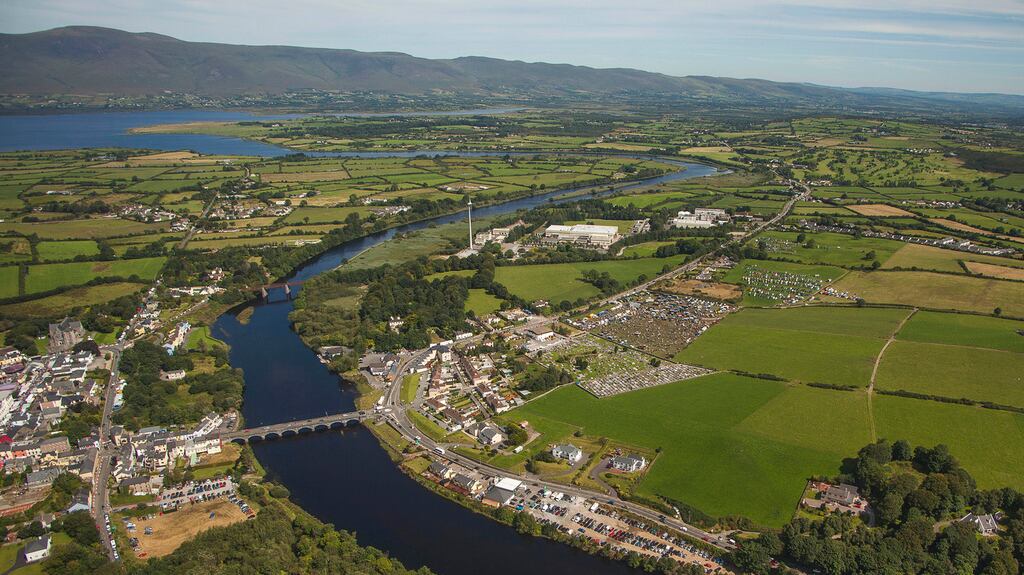There has been no overall improvement in the water quality of Ireland’s rivers, lakes, estuaries or groundwaters, according to the latest annual report from the Environmental Protection Agency (EPA).
The EPA Water Quality in 2023: An Indicators Report, published on Wednesday, found the biggest issue affecting water quality remains nutrient pollution from both agriculture and urban wastewater.
Water bodies in bad condition included stretches of the river Laune in Kerry; parts of the Annagh river in Clare; the Ahavarraga stream in Limerick; and the Nenagh river in Tipperary.
The report found improvements in river catchments, including those of the Liffey, Slaney, Moy and Erne. But there were disimprovements in the Nore, Suir, Barrow, Shannon, Lee, Laune, Feale and Lough Swilly river catchments.
READ MORE
The majority of lakes that are failing to achieve good biological quality were in the Erne and Shannon catchments. The lakes with high quality are predominantly located in the west and southwest, the report found.
Twenty of 117 estuarine and coastal water bodies assessed were in unsatisfactory condition. These were located primarily along the eastern, southeastern and southern coastlines.
The EPA said the results were “disappointing” and called for “an acceleration in the pace at which Uisce Éireann is delivering improvements in wastewater infrastructure”.
It also said “it is imperative that the next river basin management plan, which is now over two years late, is published without further delay”.
The EPA said the results showed the State was failing to make sufficient progress on meeting the objectives of the EU Water Framework Directive, which must be achieved by 2027.
Commenting on the report, Dr Eimear Cotter, director of the EPA’s office of evidence and assessment, said “measures to address water quality are not being implemented at the scale or pace required”.
She said it was “essential that there is full compliance with the good agricultural practice regulations and that actions to reduce losses of nutrients from agriculture are targeted to where they are needed”.
“We also need to see an acceleration in the pace at which Uisce Éireann is delivering improvements in wastewater infrastructure,” she said.
Nitrogen pollution remains a significant issue in the east, southeast and south of the Republic, where 42 per cent of river sites, 17 per cent of estuarine and coastal waters and 20 per cent of groundwater sites all have nitrogen levels that the EPA described as unsatisfactory.
The elevated nitrogen levels were primarily attributable to intensive agricultural activities.
The report found no significant change in phosphate levels which are associated with poorly treated wastewater and run-off from poorly draining soils in recent years. Some 27 per cent of river sites and 35 per cent of lakes, particularly in the north and northeast, have elevated phosphorus levels.
Mary Gurrie, EPA programme manager, said “more action is needed to achieve our legally binding water quality objectives. It is imperative that the next river basin management plan is published without further delay.
“Associated with this, there needs to be a significant improvement in the tracking and reporting of measures, to identify what is and isn’t working so that actions can be adapted or enhanced where needed to deliver water quality improvements,” she said.
- Sign up for push alerts and have the best news, analysis and comment delivered directly to your phone
- Join The Irish Times on WhatsApp and stay up to date
- Listen to our Inside Politics podcast for the best political chat and analysis












